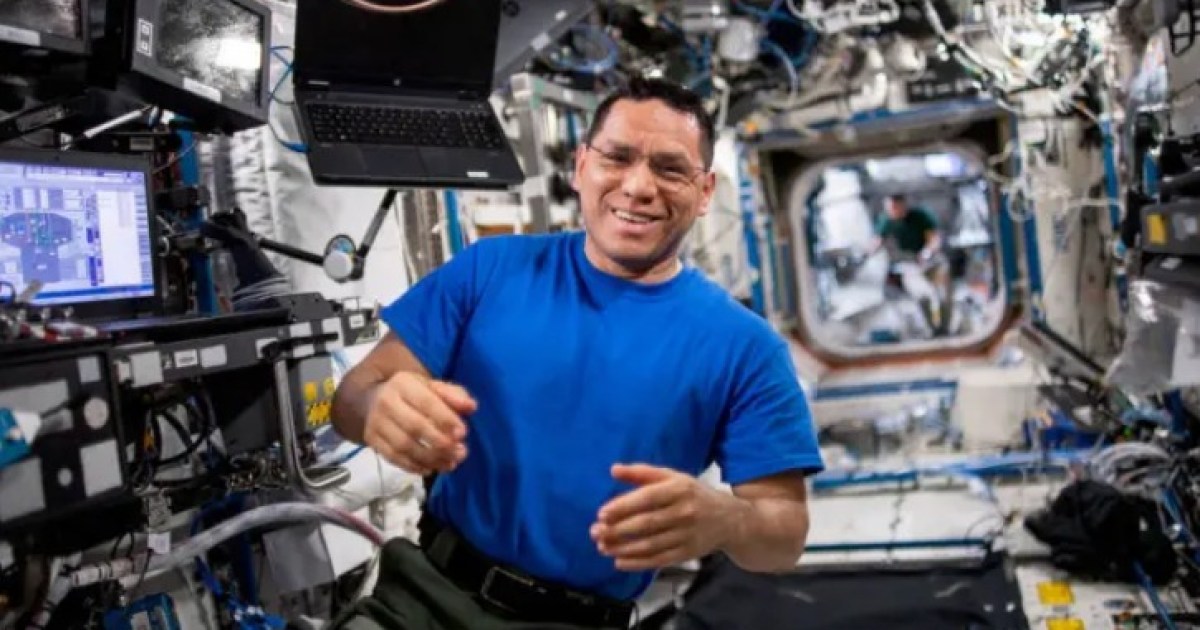Record-breaking NASA astronaut Frank Rubio returns to Earth on Wednesday, September 27. Rubio recently set a new record Longest stay in space by a NASA astronaut, surpassing the one year spent on the International Space Station (ISS).
NASA Live: The Official Stream of NASA TV
Rubio and two ISS crew members will return to Earth this week, and NASA will broadcast their journey live if you want to watch at home.
What to expect on the return trip
Rubio will return to Earth with two astronauts Roscosmos, Sergei Prokofiev and Dmitri Betlin spent a total of 371 days on the station in space. They will travel aboard a Russian Soyuz MS-23 spacecraft, which will depart the station’s Prichal module and travel early in the morning to land near the city of Zheszkan in Kazakhstan.
From their landing site, the trio will fly to Karaganda, Kazakhstan, and then Rubio will fly to Houston on a NASA flight.
The trio had been in space for a long time, in part because of problems with their original spacecraft, Soyuz MS-22. The spacecraft arrived at the space station carrying three crew members as scheduled in September 2022 and docked with the station in March this year with the goal of returning the trio. But in December 2022, the spacecraft was found to be leaking coolant and deemed too dangerous for humans to travel on.
Another Soyuz, MS-23, was sent as a replacement in February, and MS-22 returned to Earth without passengers. Now the trio will return in a replacement spaceship with no problems.
How to watch the return trip
NASA TV will broadcast live the return flight of Soyuz MS-23 beginning at 12:01 a.m. ET on Wednesday, September 27, culminating in the crew’s farewell and hatch closure. Undocking coverage scheduled for 3:55 am ET (12:55 am PT) begins at 3 am ET (midnight PT). Coverage of the orbit burn and landing begins at 6 a.m. ET (3 a.m. PT), with the first at 6:24 a.m. ET (3:24 a.m. PT) and the second at 7:17 a.m. ET (4:17 a.m. PT).
You can watch the live broadcast at NASA YouTube Live Stream Or use the video embedded at the top of this page.
Author’s recommendations





:quality(85)/cloudfront-us-east-1.images.arcpublishing.com/infobae/KTKFKR763RBZ5BDQZJ36S5QUHM.jpg)